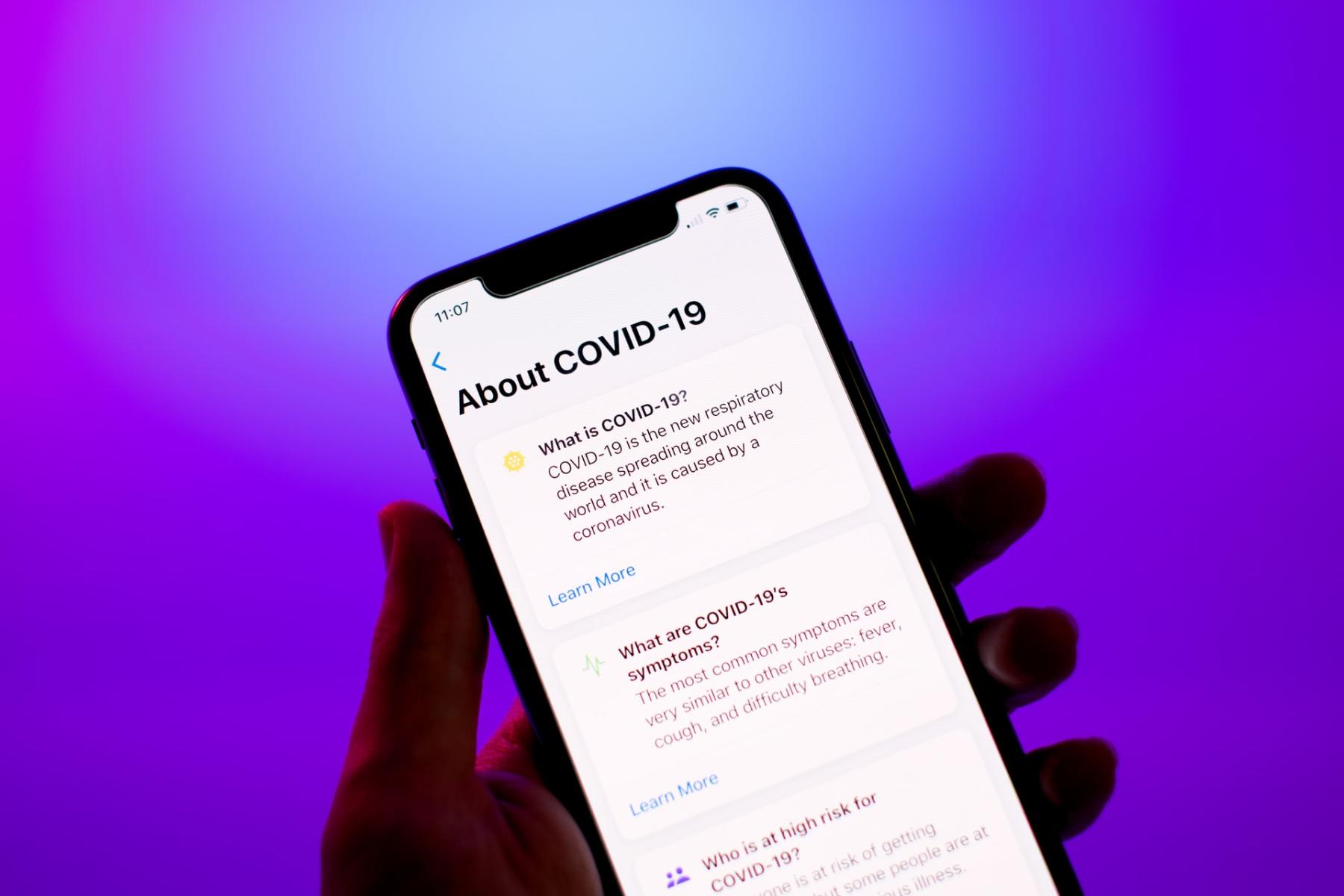Hello and welcome to month eight of the COVID-19 pandemic, where senses of time, truth, and morality seem to be in a collective tailspin.
Colorado is in its third wave of the outbreak, with case numbers and hospitalizations again on the rise. Yet every day, I take a long walk in my neighborhood, and every time, I see unmasked basketball games and groups dining on restaurant patios. And while I know I shouldn’t — I don’t know their stories, and besides, I’m not perfect myself — I can’t resist: I saddle up that high horse and I judge.
No one in these situations is breaking the law or even going against public health guidelines, including the stricter measures introduced in Denver last week. But having relatively few mandates means that more of our pandemic response relies on “personal policymaking” — individuals and families making their own judgment calls on which behaviors are safe.
This gets complicated fast. We aren’t just asking people to judge their own comfort level with risk. The decisions we make affect those around us as well.
Most of the time, our moral compass operates on autopilot, and this usually serves us well. For most of us, hurting someone else just feels wrong, so we generally avoid doing it without having to engage in a conscious process of ethical evaluation. By contrast, COVID-19 presents a totally new situation where there are no automatic moral settings to guide us. We all have been forced to shift into a manual mode, developing personal ethical guidelines in record time, amidst contradictory information, and in relative isolation.
Is it any surprise we haven’t landed on a consensus?
Case in point: I informally surveyed my colleagues at CHI and found that judgments on the morality of pandemic behaviors were all over the map. For example, when asked about reactions to seeing a group of eight friends gathering at a beer garden, about half (45%) said they would be bothered by this. The rest said they would feel neutral or unfazed by the situation.
I suspect these differences have less to do with an understanding of risk (in terms of access to public health information, this is a relatively homogenous group) and more to do with the fact that we simply don’t have an agreed-upon moral structure for thinking about how to act in this situation. Left to our own devices, people may be making decisions about the pandemic with two different frameworks in mind.
The first is a harm reduction framework. If you work in public health, you’re familiar with harm reduction and its merits, from safer sex guidelines to naloxone access. Recommendations for a harm reduction approach to COVID-19 have come from researchers and media outlets alike and focus on reducing the negative consequences of behaviors rather than encouraging full abstinence from them.
The other is what we might call a consent framework similar to the one New Zealand put at the heart of its pandemic response. This takes a relational approach, using the absence of objections from others as a basis for personal decision-making.
Many arguments for one framework or the other engage in some strawman exaggeration — harm reduction acolytes frame stricter approaches as permanent moratoriums on all social interaction, and consent advocates tend to reference some of the more egregious anti-mask incidents such as the viral videos of customers berating baristas. But these extremes are not where most of the debate lives. The truth is, there is a vast space between the Unquestionably Reasonable and the Unquestionably Unreasonable, and this is what we are left to navigate. The framework each of us uses will affect our behavior in this vast middle ground.
So how do we select an approach? I believe the first step is acknowledging that a framework must, in fact, be consciously chosen, not as a means of judging others, but as a means of guiding our own behavior.
To help us think through this choice, here are some dimensions across which these two approaches could be measured.
Externalities
Economists and policy wonks often talk about externalities. These are the impacts on a third party of producing or consuming a good or service. Many public health policies recognize the negative impact of externalities and control for them — for example, by charging higher cigarette taxes to cover the negative effects of secondhand smoke.
Whether consciously or not, controlling for externalities reflects a consent-based approach. We adopt these policies when we think that an arrangement between two people will hurt a person who is otherwise not involved and had no say in the deal. When it comes to substance use, public health experts might advocate for a harm reduction approach to the use itself while still favoring stricter measures when the potential for externalities is higher — for example, driving under the influence.
Where does COVID-19 fit? Are there externalities sufficient to justify a consent-based approach?
Sacrifice
Another way to evaluate the harm reduction vs. consent framework is by asking ourselves: in each instance, how much are we asking people to give up?
Public health experts often encourage a harm reduction approach when the sacrifice of full abstinence is simply too high a price to pay. In the early years of the HIV/AIDS epidemic, full abstinence would have meant sacrificing one’s entire sexual life — a request most of us find unreasonable.
How do the sacrifices in a consent-based approach to COVID-19, which would encourage something closer to an abstinence framework, measure up? On the one hand, many of the restrictions and closures being proposed are only temporary measures, and it’s easy to make the case that the nature of these sacrifices is not a fundamental challenge to our personal rights.
On the other hand, we’re not just asking people to avoid sport events and Halloween parties (though, yes, we are very much requesting that as well, and yes, there has been a lot of pushback here). We are asking for postponements — of weddings, of surgeries. We are asking grandparents not to meet their first grandchild.
Are these sacrifices large enough that they merit a harm reduction approach?
Privilege
Privilege has played a role throughout COVID-19.
Young, healthy people who contract the illness are less likely to get a serious infection. People with money (and/or good health insurance) have better access to high-quality treatment if they need it. But their actions can cause significant illness in others.
So are people of privilege who don’t adopt strict practices in their own lives putting others at risk without their consent? Perhaps. But we should also consider how lack of privilege makes it harder for some people to adhere to stricter measures — essential workers, who tend to have lower-paying jobs, are less able to follow inflexible guidance and are at increased risk for exposure. It’s also more difficult for families living in overcrowded homes to socially distance.
Embracing equity means that we must consider these limitations, and perhaps be less quick to render moral judgments on others. But it also means considering our own privilege when developing personal guidelines.
Attainability
The most important dimension of selecting a moral framework may be: Is the recommended approach attainable? Regardless of what we may think we owe to ourselves and others, what will actually happen?
Theories of moral imperatives are just that — theories. They don’t necessarily represent the best way to structure a public health response.
Sustainability
Related to attainability is the question of sustainability. How long can we keep these restricted behaviors going?
Some proponents of a harm reduction approach warn against “quarantine fatigue.” Late this summer, Sweden was lauded for a more lax approach to COVID-19 that focused on changes that would be sustainable.
But as fall has progressed, numbers are rising in many countries — including Sweden. In unprecedented times, can we push new boundaries on what is sustainable?
More to the point — when facing a death count of one million and growing — are we obligated to?
Related Blogs and Research


